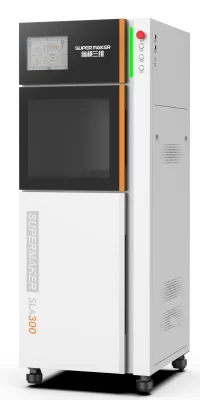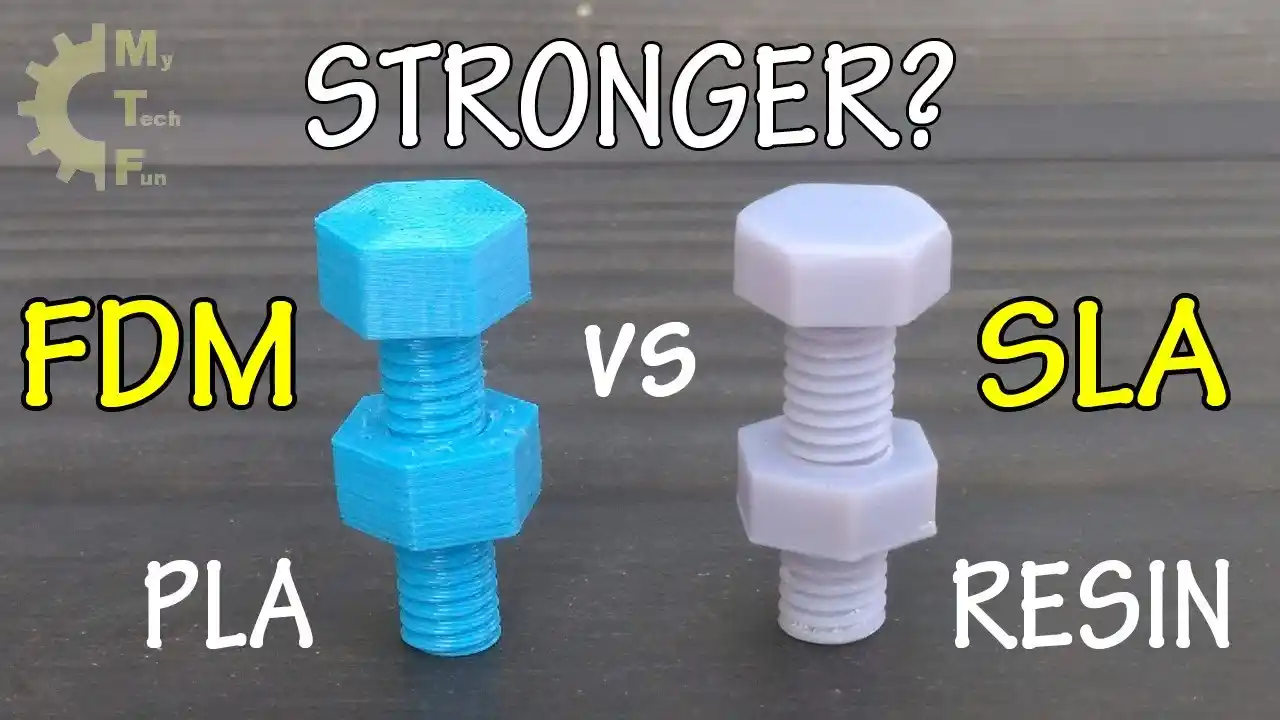Technical Principle
FDM(Fused Deposition Modeling)
FDM fusion lamination molding technology is a filamentary hot melt material heated and melted, while the three-dimensional nozzle under the control of the computer, according to the section profile information, the material selectively coated on the table, rapid cooling to form a layer of section. After a layer is formed, the machine table is lowered by one height (i.e., layered thickness) to form the next layer, until the entire solid shape is formed.

Advantages of FDM technology.
1) Clean and safe operating environment, non-toxic materials, can be performed in office and home environment without the risk of generating toxic gases and chemical pollution.
2) No need for expensive components such as lasers, so it is inexpensive.
3) The raw material is in the form of spooled wire, which saves space and is easy to carry and replace.
4) High material utilization, many alternative materials are available, and the price is relatively cheap.
Disadvantages of FDM technology.
1) The surface is rough after forming, and requires subsequent polishing treatment. The highest accuracy can only be 0.1mm.
2) Slow speed, because the nozzle does mechanical movement.
3) Material is required as support structure.
A wide selection of FDM 3D printers are available for every budget, starting in the tens of thousands of dollars. Filament spools are relatively inexpensive, starting in the low hundreds of thousands of dollars per kilogram. These factors make FDM printers very popular among manufacturers and home users.

SLA(Stereo Lithography Apparatus)
The liquid tank is filled with liquid photosensitive resin, which cures rapidly under the UV laser beam emitted by the laser (the laser used for SLA differs from that used for SLS in that SLA uses a UV laser while SLS uses an IR laser). At the start of molding, the liftable table is below the liquid level, just one cross-sectional layer thickness high. The laser beam, which is focused through the lens, scans the cross-section profile along the liquid surface according to machine commands. The resin in the scanned area cures rapidly, thus completing the process for one layer of the cross section, resulting in a plastic sheet. The table then drops the height of the layer thickness of one cross-section and cures another layer of cross-sections. The layers are then stacked to form a constructed 3D solid.

Advantages of SLA technology.
1) The longest development time, the most mature process and the most widely used. Light-curing molding systems account for about 60% of the rapid prototyping machines installed worldwide.
2) Forming speed is faster, the system works stably.
3) With a high degree of flexibility.
4) High precision, can be done to the micron level, such as 0.025mm.
5) Good surface quality, relatively smooth: suitable for making fine parts.
Disadvantages of SLA technology.
1) Support structure needs to be designed. The support structure needs to be removed when it is not fully cured, which can easily damage the molded parts.
2) The equipment is expensive and the cost of use and maintenance is not low. SLA system requires precision equipment to operate on liquids and requires a harsh working environment.
3) The photosensitive resin is slightly toxic, polluting the environment and causing allergic reactions to some human skin.
4) Resin material is expensive, but the strength, stiffness and heat resistance are limited after molding, which is not good for long time preservation.
5) Because the material is resin, the temperature is too high will melt, the working temperature can not exceed 100 ℃. And after curing is more brittle, easy to fracture, processability is not good. Formed parts are easy to absorb moisture and swell, and the corrosion resistance is not strong.

Most FDM printers can use standard filament rolls, which are available in two standardized diameters (1.75 or 2.85 mm) from a variety of sources. Some printers use proprietary filament or filament cartridges – these are typically more expensive than standard rolls, but (hypothetically) offer better quality.
SLA printer owners have only a more limited number of resin material trays. These are usually proprietary and cannot be exchanged between printers of different manufacturers. The choice of colors is also limited. For example, forms are only available in black, white, gray and clear resin. On the other hand, they are available in more durable or highly specialized materials (i.e. dental, heat resistant or flexible resins) for industrial use.
In FDM printers, the resolution of the printer is a factor in nozzle size and extruder motion accuracy (X/Y axis). The accuracy and smoothness of the printed model is also affected by other factors: some printing problems may occur (e.g. distortion, misalignment or layer shift, for more details see this article) as the adhesion between layers is lower than in SLA printing and the weight of the upper layers may squeeze the layers below. These can compromise accuracy and surface smoothness.
SLA printers always produce high-resolution objects and are more accurate than FDM printers. The reason: The resolution depends mainly on the optical dot size, whether it is laser focused or projector pixels, which are very small. In addition, less force is applied to the model during the printing process. This results in a smoother surface finish, and SLA printing can often reveal details that FDM printers cannot produce.
In fact, the fine detail produced by SLA printers is the main reason why people consider using SLA printers.
In SLA printers, it can be difficult to remove the print model from the print platform. Often, there is a lot of leftover resin left on the platform, and you have to clean and remove this resin, which requires more effort than with an FDM printer.
After printing on the FDM printer, you will need to use your fingers or a cutting tool to remove the support (if the model has overhang) and excess plastic. Sanding helps to obtain a smoother surface.
SLA printers are covered with sticky residual resin, which must be removed in a bath of isopropyl alcohol. That’s why you get rubber gloves with most SLA printers – to protect your fingers from the resin and alcohol. Depending on the model, supports may also be required. These must usually be carefully cut off from the model. In addition, you will need to cure the part in UV light in order to reach full strength after printing.

When to use FDM
1)Rapid Prototyping
2)Build a Low-Cost Model
3)DIY Person & Amateurs
4)No critical requirement for precision and surface
When to use SLA
1)Requires intricate detail and a smooth surface finish
2)model strength and durability are not important
3)For casting molds and mass production
4)Low cost production


